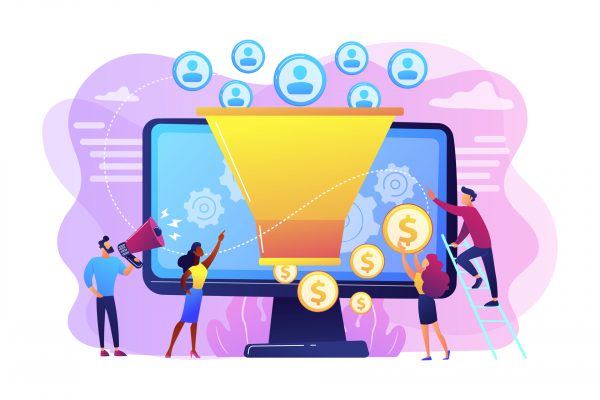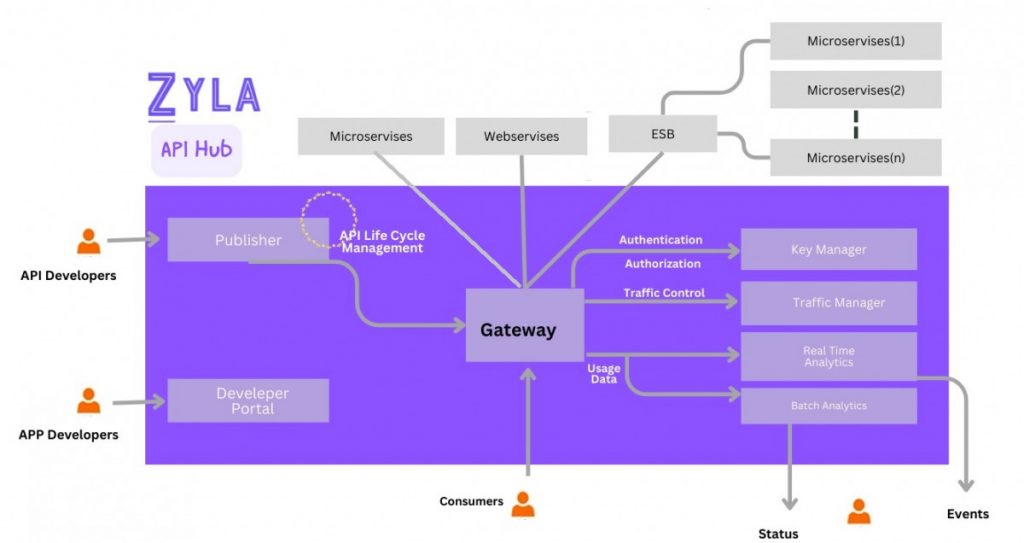In the intricate landscape of API monetization, finding the strategy that aligns seamlessly with your objectives is akin to discovering a treasure map. As businesses seek to harness the power of APIs in the digital era, the pivotal question arises: How do you discern the perfect API monetization strategy tailored to your unique needs? Let’s embark on a journey of exploration.
Crucial Considerations For Decision-Making
Determining the right strategy demands a nuanced understanding of your API’s value proposition, target audience, market demand, and business goals. Experimentation and constant evaluation of key metrics, such as API usage, user engagement, and revenue, form the bedrock of refining and adapting your strategy over time.
Understanding Your API Value Proposition
Before delving into the myriad strategies, it’s imperative to decipher the value your API brings to the table. Is it unlocking exclusive functionality, providing access to coveted datasets, or delivering common yet essential features? The answer to this question lays the groundwork for your API monetization Strategy expedition.
Know Your Target Audience
Different user groups have distinct preferences. Developers might lean towards pay-per-use or subscription models, while businesses could be inclined towards upfront fees for guaranteed access. Understanding your audience’s preferences is a compass guiding you to the right API monetization Strategy avenue.
Assessing Market Demand
APIs in high-demand markets can explore premium pricing models, while those in moderate demand might opt for freemium models to attract a broader audience. If you find yourself in a niche with lower demand, offering your API for free initially could be a strategic move to garner early adopters.
Aligning With Business Goals
Your overarching business goals dictate the essence of your API monetization strategy. Whether it’s maximizing revenue, increasing your user base, or generating leads, your API strategy should be in sync with these objectives.
Exploring Monetization Models
Let’s dive deep into different monetization models to understand:
Developer Pays: Tailoring Access To Needs
This straightforward model puts the onus on developers to pay for API usage. Whether it’s a pay-as-you-go approach, a freemium model enticing users with free features and charging for advanced usage, or a tiered structure offering multiple access levels, this category provides versatility.
Developer Gets Paid: Creating Incentives
Flip the script, and consider scenarios where developers are financially incentivized. Revenue-sharing models, affiliate programs, and referral systems can establish a symbiotic relationship between API providers and developers.
Indirect Models: Beyond Direct Payments
While not strictly classified as API monetization, indirect models shouldn’t be overlooked. Offering free APIs that ease integration or boost productivity can create a ripple effect, enhancing your business value.
The Role Of API Hubs: Your Monetization Ally
In the ever-expanding realm of API ecosystems, the significance of platforms such as Zyla API Hub cannot be overstated. The instrumental role that API Hubs play in simplifying the intricate landscape of monetization. By fostering a centralized space, Zyla API Hub emerges as the nexus where API producers and consumers seamlessly connect, fostering an environment where innovation, collaboration, and prosperity converge.
Embark On Your Monetization Odyssey
In conclusion, decoding the API monetization strategy tapestry involves understanding the dynamic interplay of value, demand, and strategic alignment. Whether you opt for a developer-centric approach, create incentives, or leverage indirect models, the key lies in aligning your strategy with your unique business landscape.
Unlock the full potential of your API by embarking on a personalized API monetization journey. From the diverse models available to the supportive role of Zyla API Hub, the path to API profitability is within reach. Start your journey today and transform your API into a thriving asset in the digital economy.



